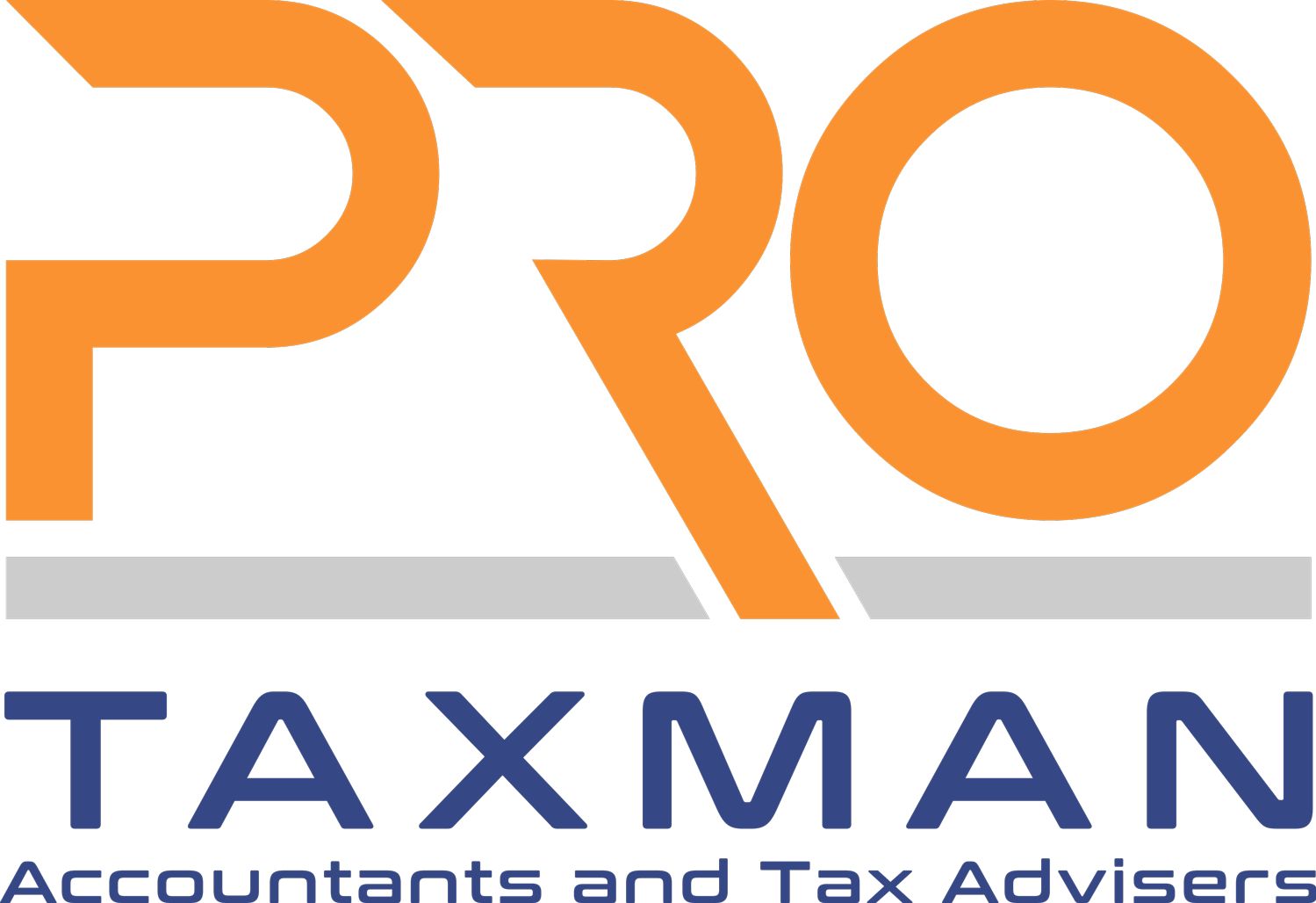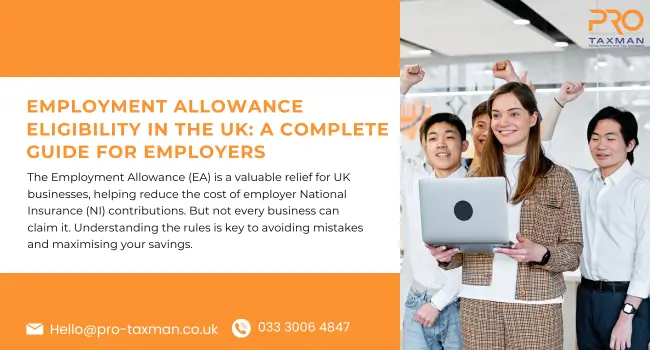The Employment Allowance (EA) is a valuable relief for UK businesses, helping reduce the cost of employer National Insurance (NI) contributions. But not every business can claim it. Understanding the rules is key to avoiding mistakes and maximising your savings.
What is Employment Allowance?
Employment Allowance lets eligible employers reduce their employer’s Class 1 National Insurance bill.
- Up to 5 April 2025 (2024/25 tax year): up to £5,000 per year.
- From 6 April 2025 (2025/26 tax year onwards): up to £10,500 per year.
Once claimed, it’s automatically applied to your NI contributions until the allowance is used up or the tax year ends.
Who is Eligible?
You can usually claim Employment Allowance if:
- The £100,000 NI liability cap is being removed, meaning more businesses can claim.
- The allowance rises to £10,500 per year.
- You must still be a business or charity that employs staff and pays Class 1 NI through PAYE.
Who is NOT Eligible?
You cannot claim Employment Allowance if:
- As the director, you are the sole employee receiving compensation that exceeds the Class 1 NI secondary threshold.
- You employ someone for personal, household, or domestic work (e.g., a nanny, gardener) – unless it’s care or support work.
- You’re a public body or do more than half your work in the public sector (except for charities).
- Your Class 1 NI liability was £100,000 or more in the previous tax year.
Note: From 2025/26, the £100,000 NI liability restriction is no longer a reason for ineligibility.
Connected Companies Rule
From 6 April 2025 onwards: The £100,000 Class 1 National Insurance liability cap is removed, and businesses of all sizes can be eligible. However, if you are part of a group of connected companies (or charities), only one entity in that group can claim the Employment Allowance.
How to Claim Employment Allowance
- Use your payroll software or HMRC’s Basic PAYE Tools.
- Submit an Employer Payment Summary (EPS) to HMRC, indicating you’re claiming EA.
- The allowance will reduce your monthly employer NI bill automatically.
Key Takeaways
- Employment Allowance can save eligible businesses up to £5,000 a year.
- Not all employers qualify – check the eligibility rules carefully.
- Make sure to claim via your payroll system or HMRC tools to benefit.
Tip for Employers: Review your payroll regularly. If your circumstances change (e.g., you exceed the NI limit), you may no longer be eligible and must update HMRC.
FAQs on Employment Allowance
1. Can I claim Employment Allowance for previous years?
Yes. You can claim up to 4 years retrospectively. If you missed out, contact HMRC or amend earlier EPS submissions.
2. Does Employment Allowance affect my employees’ National Insurance?
No. It only reduces the employer’s Class 1 NI bill, not the employee’s contributions.
3. Can directors claim Employment Allowance?
If you’re the only director and only employee, you cannot claim. If you have other employees above the NI threshold, you may qualify.
4. Is Employment Allowance classed as State Aid?
Yes. It counts as de minimis State Aid. If you’re in sectors like agriculture, fisheries, or road haulage, you must ensure you stay within the aid limits.
5. How do I check if my claim is applied?
You’ll see your NI liability reduced in your PAYE account. Your payroll software should also reflect the allowance as it offsets your NI bill.
6. What happens if my NI liability goes over £100,000?
From 6 April 2025, the allowance doubles to £10,500, and the £100,000 NI liability cap is removed.
Need Help Claiming?
Many small businesses miss out on Employment Allowance or apply incorrectly. At Pro Taxman, we help UK businesses stay compliant while maximising tax reliefs like Employment Allowance. Get in touch today to see if your company is eligible and start saving on your NI bill.

